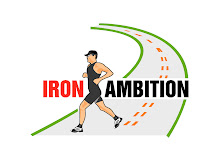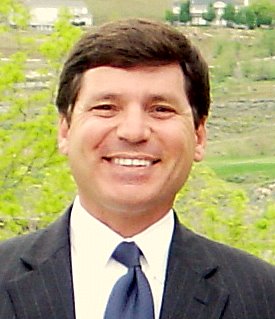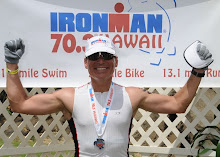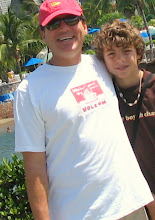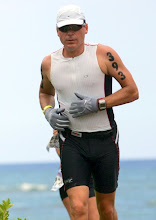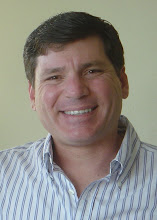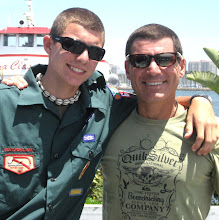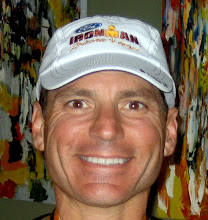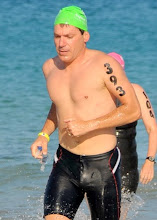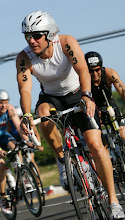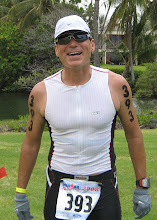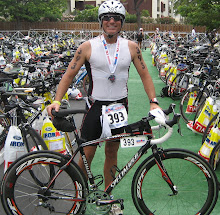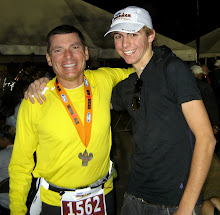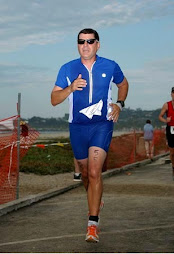
Muscle soreness while training is common and by itself, is really not a big issue. Usually, sore muscles are caused by microscopic tears in muscle fibers. The soreness typically goes away within three days.
But when muscles remain sore for weeks or even months, and the pain is centered in a particular spot, or a "knot" you very well may have a Trigger Point problem. Trigger points are typically found in muscles, tendons and ligaments. Technically, the doctors call this "myofascial pain syndrome."
These are very sore, long lasting aches and sometimes produce sharp electrical-type pains that are often caused by trauma, repetitive strain or pushing beyond any reasonable norm.
I have had a consistent problem in my upper back, in the Trapezoid area. My Trigger Point always flares-up when I do long bike rides, and 100% of the time when I am in the aero position on the Time Trial bike.
Essentially, it is an acutely knotted mass of muscle strands in a very specific spot. The muscle is in a constant and palpable contraction (shortening of the muscle) that will not release and thus results in a taut band and a hard fibrous nodule, lump, or knot. No amount or rubbing or massaging or pressure or anything else will relieve the pain.
Aggressive, deep tissue massage will tend to break up the knot a bit, but typically, there is also a lot of bruising that goes along with the deep tissue massage. Plus, the relief is at best, only temporary and never complete.
I have tried literally every recognized cure for this problem, including:
- sports massage
- deep tissue massage
- heat packs
- electrical stimulation
- chiropractors
- anti-inflammatories
- prescription pain killers
- physical therapy
- electro-magnetic therapy
- weight training
- Lidocaine patches
- Cortisone injections
- Lidocaine injections
- and finally, rest.
Of all these, only one thing worked...rest.
However, since rest is not an option while training for an Ironman, I have been working with a pain management specialist. No oral pain killers or anti-inflammatories have helped whatsoever. So now we are to the point of "wet needling."
The goal is to deactivate the contracted muscle. One option is to paralyze the muscle with Botox, and this would normally be a viable option. However, since my Trigger Point is located in the upper back and shoulder region, I could lose the ability to fully control my shoulder due to the temporary paralysis of the muscle. Odds are low that this would happen, but due to the risk, they don't want to go that route. Instead, we are now trying a wet needling procedure.
Wet needling involves the injection of a mixture of Steroids, Lidocaine and Cortisone directly into the muscle knot. A significant amount of care is taken to precisely identify the muscle strand, and once so identified, a shot of the mixture is injected right into that fiber. Then they move up the fiber ever so slightly and inject the fiber in another spot, and another, and so on.
What they are looking for is for the muscle to start twitching or firing. Once they physically observe the muscle twitching then they know that it is beginning to release from its contracted state.
Today, I went in for this wet needling process. As the four or five injections were made, I could feel the muscle "release" and the doctor was pretty excited when he saw the muscle firing and twitching which was the visual cue he needed to confirm that this process was working.
Three hours later, the spot is still sore, not from the shots, but probably from the excessively-hard rubbing and pressure that I have been constantly applying to this spot over the past few days trying to relieve this knot.
Hopefully in a few days, we will know for sure if this has worked.





